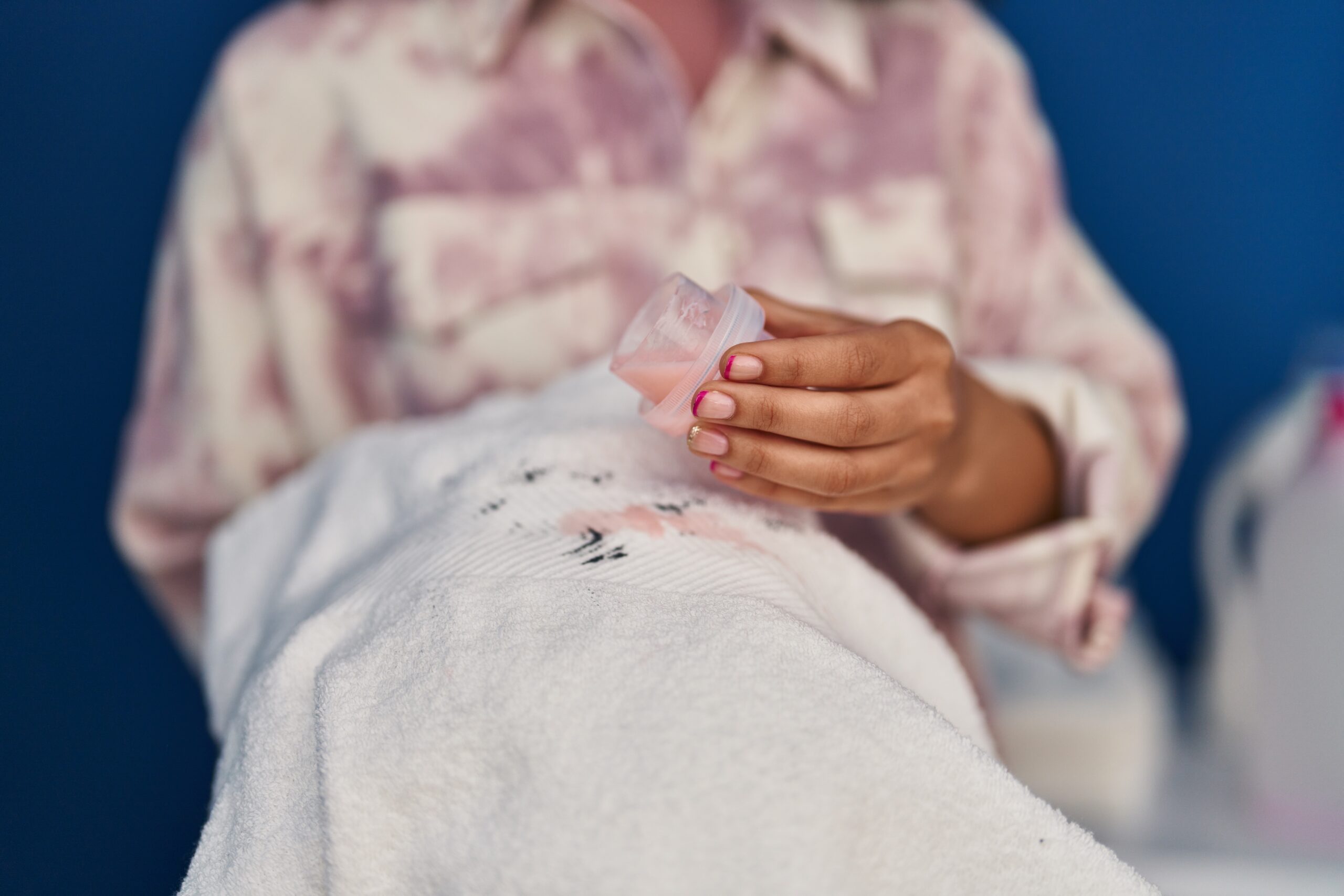Stains on clothing can be a major nuisance, but with the right techniques and a bit of know-how, you can often tackle them at home before they become permanent. This guide will walk you through effective methods for dealing with common stains and provide tips on when to seek professional help from Fabspin Dry Cleaners or local dry cleaning services.
1. Understanding Different Types of Stains
Before addressing stains, it’s important to identify what type of stain you’re dealing with. Common categories include:
- Oil-Based Stains: These come from sources like grease, butter, or makeup.
- Water-Based Stains: Examples include coffee, tea, or juice.
- Protein-Based Stains: These include blood, sweat, or dairy products.
- Tannin-Based Stains: Found in substances like wine or tea.
Understanding the type of stain helps in selecting the appropriate treatment method.
2. Basic Stain Removal Techniques
Blot, Don’t Rub
When a stain occurs, the first step is to blot the area gently with a clean cloth or paper towel. Rubbing can spread the stain and push it deeper into the fabric fibers. Blotting helps lift the stain without causing additional damage.
Cold Water Rinse
For most stains, especially protein-based ones, rinsing the fabric with cold water as soon as possible is crucial. Hot water can set the stain, making it harder to remove.
3. Common Stain Remedies
Oil-Based Stains
- Dish Soap: Apply a few drops of dish soap to the stain and gently rub it in with your fingers or a soft brush. Let it sit for 5-10 minutes before rinsing with warm water.
- Baking Soda: Sprinkle baking soda on the stain, then blot with a damp cloth. Baking soda absorbs the oil, making it easier to remove.
Water-Based Stains
- White Vinegar: Mix equal parts of white vinegar and water. Apply the solution to the stain and blot with a cloth. Rinse with cold water.
- Club Soda: Pour club soda directly onto the stain and blot. The carbonation helps lift the stain from the fabric.
Protein-Based Stains
- Cold Water Soak: Soak the stained fabric in cold water for at least 30 minutes. For stubborn stains, add a small amount of enzyme-based laundry detergent.
- Hydrogen Peroxide: For white or colorfast fabrics, apply a mixture of hydrogen peroxide and water to the stain. Let it sit for 10 minutes before rinsing.
Tannin-Based Stains
- Salt: Sprinkle salt on the stain and let it sit for about 5 minutes. Blot with a damp cloth. The salt helps absorb the tannin.
- Lemon Juice: Apply lemon juice directly to the stain and let it sit for a few minutes. Rinse with cold water.
4. Special Fabric Care
Some fabrics require special treatment to avoid damage:
- Silk: Use a mixture of lukewarm water and mild detergent. Gently blot the stain without rubbing.
- Wool: Apply a solution of water and white vinegar. Blot carefully and avoid excessive moisture.
- Delicate Fabrics: Always test any cleaning solution on an inconspicuous area first to ensure it does not cause damage.
5. When to Seek Professional Help
Despite your best efforts, some stains may be too stubborn or delicate to handle at home. This is where professional services like Fabspin Dry Cleaners come in. They have specialized equipment and expertise for treating tough stains and delicate fabrics, ensuring that your clothes are cleaned effectively without risk of damage.
Conclusion: Dry Cleaning Services in Sector-8, Rohini
For those challenging stains or delicate items that require a higher level of care, considering professional help is a smart move. Dry cleaning services in Sector-8, Rohini, such as Fabspin Dry Cleaners, offer the expertise and equipment needed to handle difficult stains and maintain the quality of your garments. By knowing how to tackle common stains at home and when to seek professional assistance, you can keep your wardrobe looking its best.



